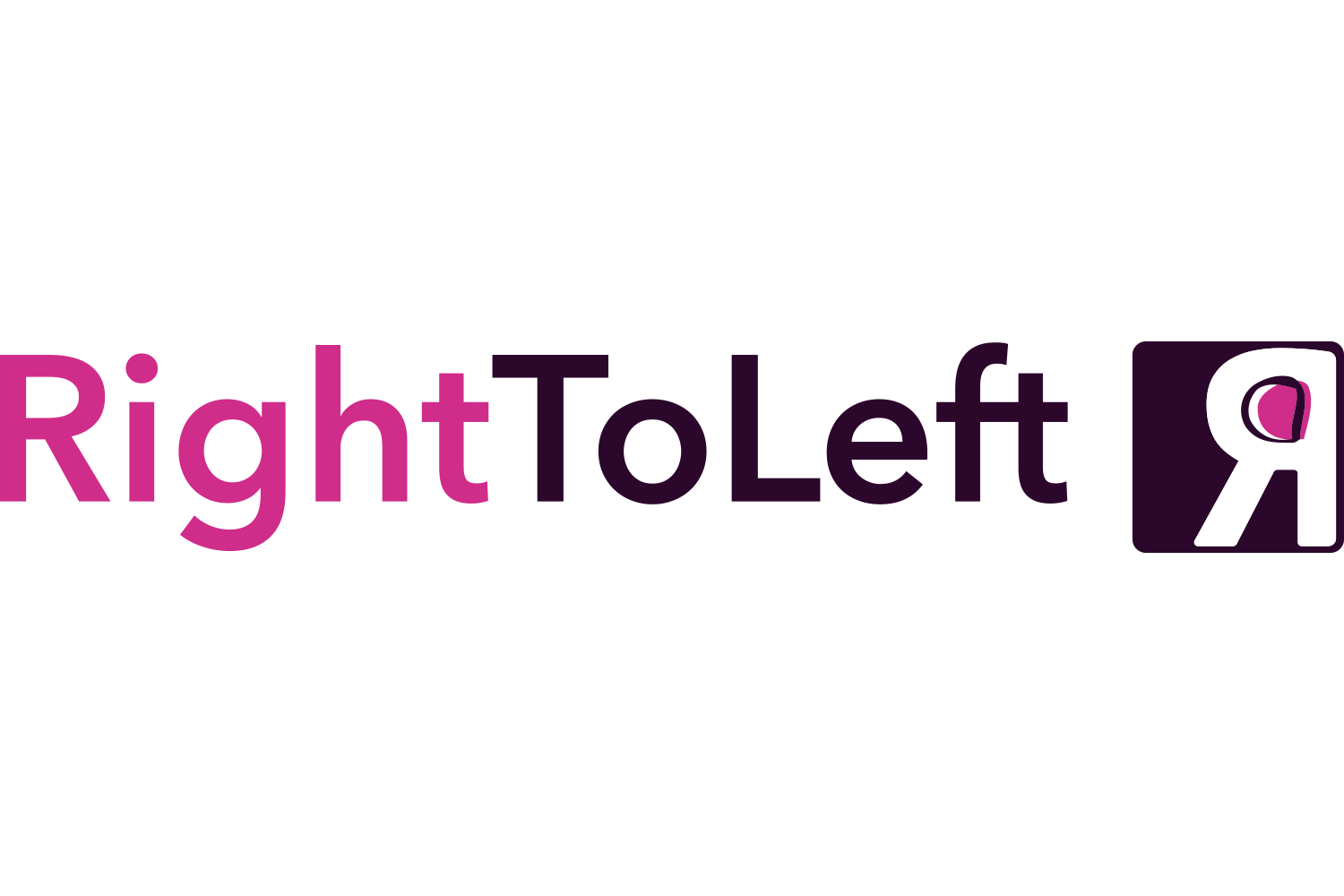5 reasons why every product manager should care about the business model
What is the product manager role? One common startup answer is “to be the CEO of the product”, larger enterprises seem to prefer “the glue between all the business functions that deliver a product the users want”, while others define it as “the person accountable for what the product does”. I don’t disagree or fully agree with any of these definitions, all of them feel full of ambiguity and fail to really answer the question. How do great product managers focus their efforts and role?
1. Product managers typically lead, normally via matrix management, what a cross functional team invests their time on. For many products to be a success they need all business functions firing on all cylinders to support it, product will normally need to support from marketing, PR, corporate communications, IT (not just the engineers), development teams, sales and customer support. Understanding the factors the impact the business model being a success provides guidance to how much effort the product manager invests with each function. The Business Model Canvass (created by Alexander Osterwalder) helpfully identifies the features and inner workings of the business model, and should in every product managers toolkit.
2. All of the wider team need to understand the product in context to their domain, e.g. sales need clear USPs, and how the consumer will gain value from using it, customer support need to know how all the features work and what boxes to click on the screen. The message about the product must be tailored to the internal audience. Very few products succeed in a vacuum, the Business Model Canvass illustrates the touch points that matter most, if it the model fails the product fails (unless saved by a pivot).
3. The product manager needs to be in the feedback loop, when users say something is great or a feature stinks it is critical for the product manager to triage this to decide what impact it has on future product. Feedback has different value at different stages of product management. The validity of the business model and the traction of the product combined show what stage the product is in. Product managers too often silo their products and ignore the business model, this results in misinterpreting feedback which can break the business model. The latter is encouraged when the business model is not validated, but its a disaster when their is confidence in the model.
4. Lean methodologies encourage product managers to experiment with least investment to obtain maximum learnings. Key experiments should validate the assumptions of the business model. The product manager needs to use the business model canvass to identify the assumptions and how they relate to the various features in the product.
5. Managing the product on its own is simply not enough, the product manager needs to manage the business model. If the business model needs to change the product manager must drive this forwards, without the right model their will be no product. The product has a symbiotic relationship with the business model, it can’t live without it.
Considering the above, when asked the question “what is the role of a product manager?” my reply is,
“Great product managers validate and grow the assumptions of the business model through discovery and evolution of the products value proposition (the what).”

